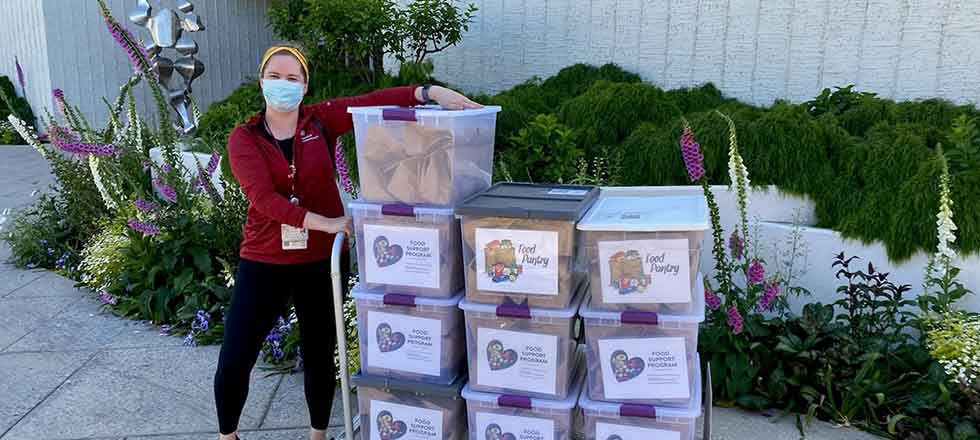Community Benefit
Meaningful investment in the communities we serve
For 30 years, Lucile Packard Children’s Hospital Stanford has been committed to improving the health of the community—beyond our hospital walls. As part of that original commitment, we partner with government and local community-based organizations to fund programs and services that improve the health of our community and reduce health disparities. We work closely with local nonprofits and community leaders to ensure the continued improvement of the health of our community.
In 2021, we invested more than $216 million in community benefit services and activities to improve the health status of infants, children, adolescents, and expectant mothers, and to provide care beyond our hospital.
Community investment grants
At Packard Children’s, we believe organizations like ours have a duty to improve the health of our community—broadly. As part of that commitment, we provide an extensive grants program to local community-based organizations.
Each partner is selected with care. We empower our partners to carry out their mission by providing more than just funding. We are focused on building deep and authentic relationships, providing expert advice through service on boards and committees, and building strong and sustainable programs and services. By joining forces with our grantees, we move the needle on health needs in our community far beyond what we could ever do alone.
Determining community health needs
Our community benefit work starts with an exhaustive Community Health Needs Assessment (CHNA) every three years. We collaborate with local public health departments, hospital partners, community-based organizations, and community leaders to conduct the CHNA—while consulting closely with the communities we serve. Community input and community priorities are at the heart of our community health initiatives.
Current community health initiatives
- Improving access to primary care services for children, teens, and expectant mothers.
- Preventing and treating pediatric obesity.
- Improving the social, emotional, and mental health of children and youth.
- Improving the health of infants and new mothers.


Connect with us:
Download our App: